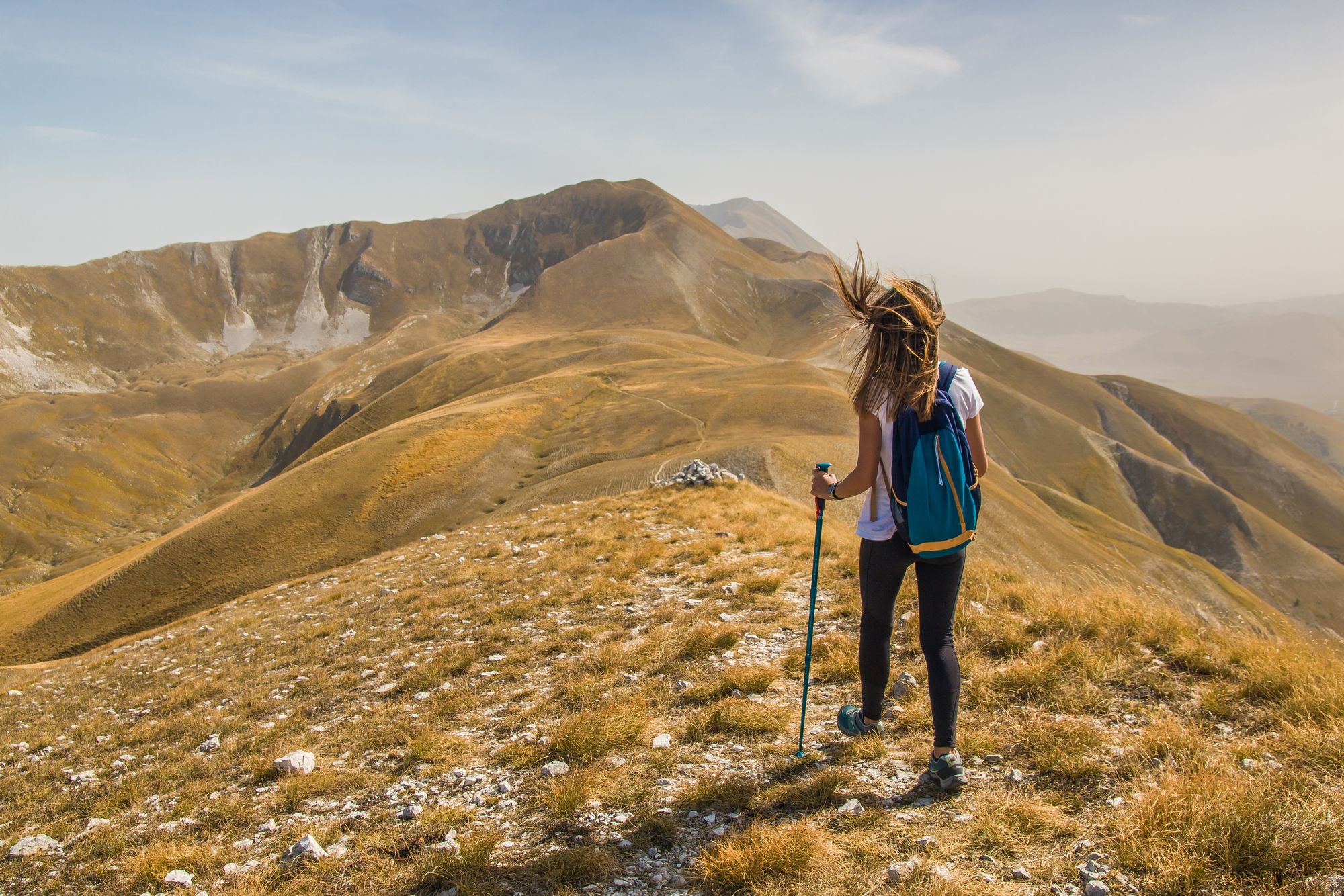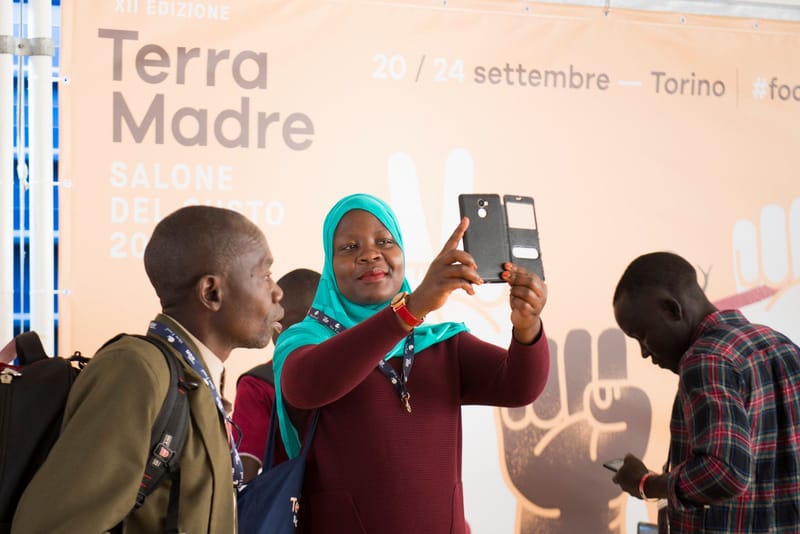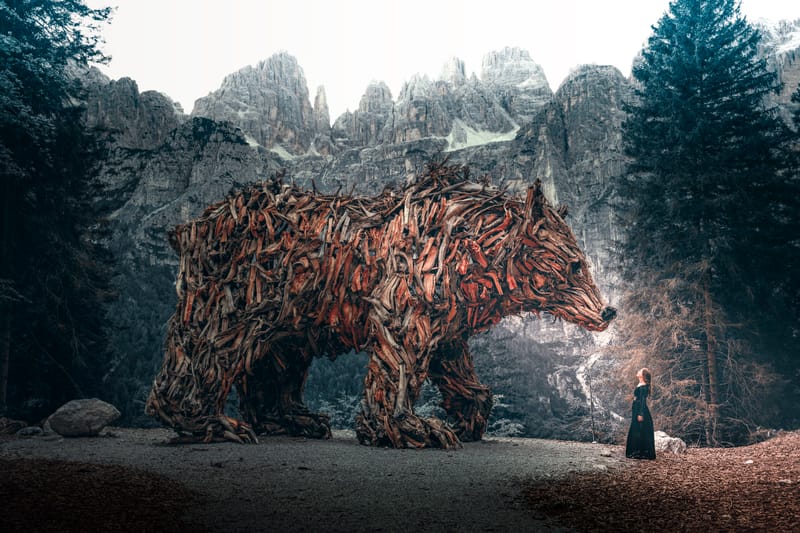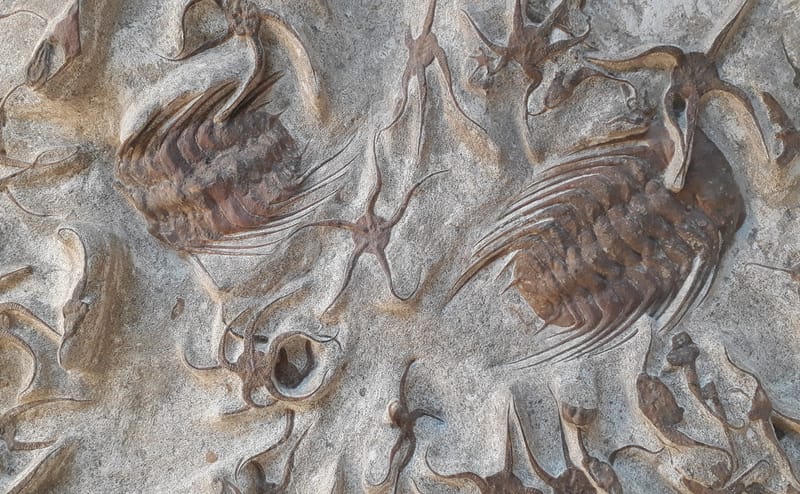Mapped the tourism offerings of Italy's hiking trails
Hiking tourism, Enit-Touring Club, for the first time a study to map the Italian walking tourism offer.

An Enit survey conducted by Touring Club and Ipsos investigates the world of hiking tourism to define its nomenclature, routes and objectives.
100 paths mapped, with a total length of about 30 thousand km. The data collected, added to the results of the demographic survey, returned a clear picture, with Italy in first place in slow tourism for many markets. In particular, the United Kingdom points to Italy (65 percent) and Spain (33 percent), France points to Italy (51 percent) and France (39 percent), and Germany finally Italy (49 percent) and Austria (32 percent).
"Analysis is the first step in bringing order and developing appropriate synergies for targets and locations. From the knowledge of the tourism phenomenon also comes the declination of an increasingly high-performing dedicated offer. Enit has always been attentive to the world of walking, we have already demonstrated this with projects related to the Francigena and Capuchin routes, but now is the time to make known in a network system and integrated routes every Italian territorial evolution related to this segment." Ivana Jelinic, President and Ceo Enit.
The study found that of the 100 paths investigated, 79 have an official website but 16 were excluded from the content analysis because they are non-tourist (European project sites) or still under construction. There were 63 websites analyzed of which:
75 percent of sites report services available along the route (accommodations, dining, walker services) or contracted for those with credentials;
74% of sites provide gpx tracks of the route;
74% of walks issue credentials/testimonials;
Seventy-three percent of the sites describe the attractors along the way;
Sixty-nine percent of the walks have an official guidebook or printed or downloadable information materials;
Sixty-three percent of the walks are run by third-sector entities;
61% of the sites indicate the level of difficulty of the walk;
Fifty-four percent of the paths offer the possibility of both walking and biking enjoyment;
The most popular social media to promote the walks is Facebook (50 percent), followed by Instagram and YouTube; 49 percent of the sites are multilingual (English the most present language);
34% of official sites give the option of purchasing packages or guided hikes; 25% of sites provide the alert service to report detours or unusability of the paths.
The population survey was conducted between August 15 and September 15, 2023 on representative samples of the Italian (1,000 cases), French, English, and German (500 cases per country) populations using a CAWI method. The main results are as follows:
25% of the British, 20% of the French, 19% of the Germans, and 17% of the Italians have already experienced slow tourism (i.e., walking or biking). 45% of the British, 42% of the French and Germans, and 37% of the Italians plan to do so in the future. Among those who say they are not interested, the highest share is among Italians (23%) compared to 21% of Germans, 18% of French and 15% of British. Among the favorite destinations for developing slow tourism, Italians point to Italy (60 percent), Spain (39 percent), Portugal and Croatia (29 percent) and France (27 percent). Looking at Italian regions, the most cited are Trentino-Alto Adige (33%), Tuscany (32%), Umbria (30%) and Sicily (26%).
According to the most researched Italian regions in the survey, there is a convergence on Sicily and Tuscany: French (Sicily 44%, Tuscany 39%), British (Sicily 44%, Tuscany 27%) and German (Tuscany 48%, Sicily 32%).
"Excursion Tourism is an essential pillar in the tourism landscape, and the survey conducted plays a crucial role for the industry. Such research allows us to better understand travelers' preferences and expectations, thus helping to design more satisfying travel experiences. They also help us preserve the natural environment, promote hiking destinations and support local economies. The Touring Club is proud to actively promote and support this type of research to ensure sustainable and rewarding hiking tourism for all outdoor and cultural enthusiasts." Massimiliano Vavassori, director of the Touring Club study center.
 |






